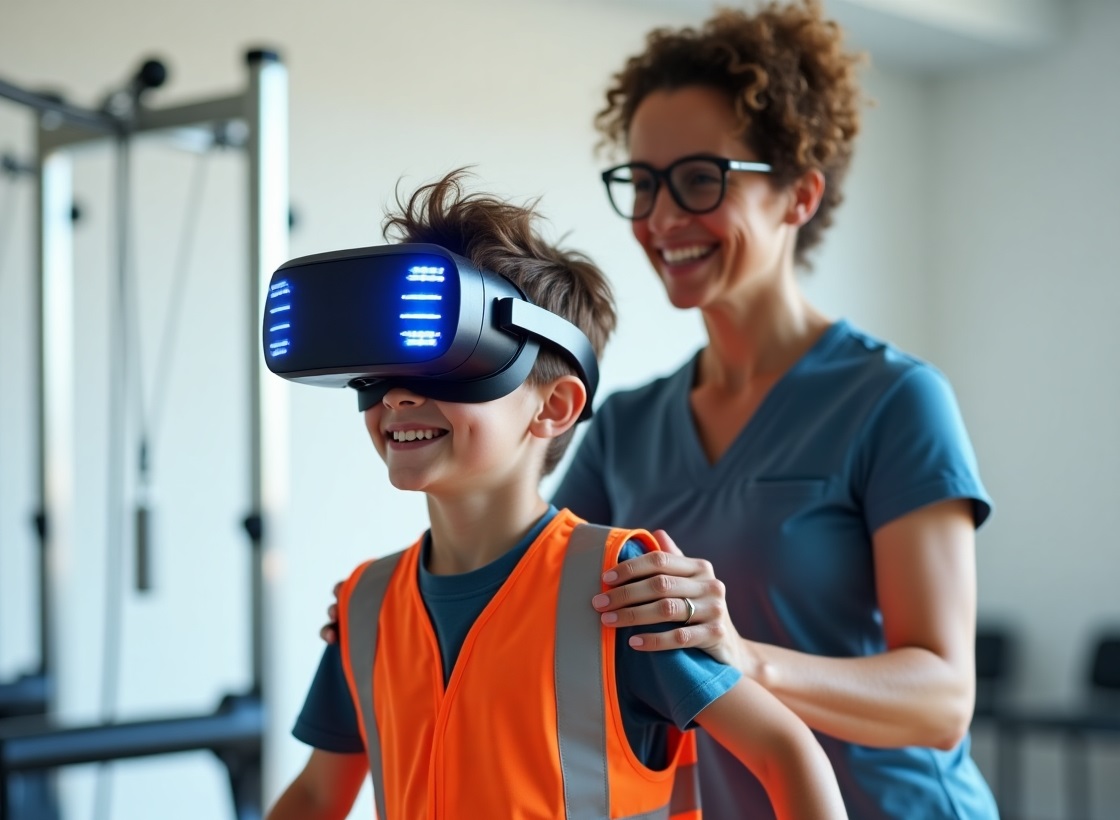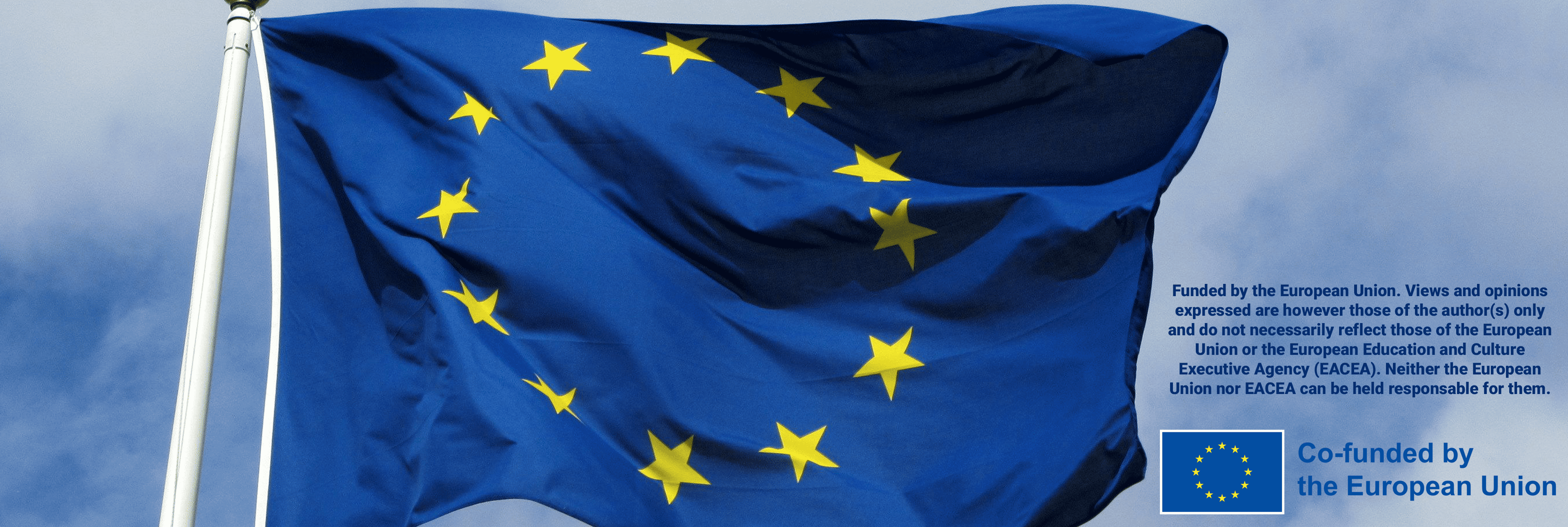
PROGETTI UE: using VA to improve communication between autistic students and teachers
Siamo lieti di presentare un’interessante ricerca condotta dall’Università di Aalborg, intitolata “VR Dialogues: Enhancing Communication Between Autistic Individuals and Their Special Education Teachers Through Virtual Activities”. Questo studio si concentra su come la Realtà Virtuale (VR) possa offrire nuove opportunità per migliorare la comunicazione su temi delicati tra adolescenti con Disturbo dello Spettro Autistico (ASD) e i loro educatori specializzati. Qual è l’impatto di questa ricerca sulle modalità comunicative?
Le persone con ASD spesso affrontano sfide nella comunicazione verbale e non verbale, come avviare e partecipare a conversazioni, leggere le espressioni facciali e mantenere il contatto visivo, il che può ridurre la capacità di sviluppare relazioni significative. La VR offre un ambiente unico e controllato che può minimizzare le distrazioni sensoriali e le ansie sociali, rendendo più facili da interpretare i segnali visivi e uditivi.
Nel contesto della VR, persone reali possono essere sostituite da avatar virtuali simili a cartoni animati, privi di tutte le espressioni gestuali, facciali e sociali di una persona reale. Attività ripetitive, come giocare a basket o air hockey, possono essere implementate nell’ambiente virtuale, fornendo un modo per affrontare l’ambiente per gli individui autistici. Queste attività creano un contesto meno “serio” e più giocoso che facilita la discussione di argomenti difficili.
Benefici chiave emersi dalla ricerca:
• Facilitazione di conversazioni sensibili: Durante una sessione di air hockey virtuale, un adolescente autistico ha rivelato esperienze personali sensibili legate a precedenti cure psichiatriche. Questa condivisione spontanea sottolinea il potenziale degli ambienti VR nel facilitare discussioni su argomenti altrimenti difficili.
• Riduzione dell’ansia sociale: L’assenza di contatto visivo diretto nel mondo reale e della presenza fisica nelle interazioni ha mitigato le ansie sociali, permettendo interazioni più naturali e rilassate. Gli insegnanti hanno notato che le dinamiche di potere risultavano più equilibrate in VR rispetto al mondo reale.
• Miglioramento dell’umore e della comunicazione: Nonostante le difficoltà nel mondo reale, l’adolescente ha mostrato un umore più felice, comunicativo e positivo nelle sessioni VR, caratterizzato da risate frequenti e sguardi verso l’avatar dell’insegnante.
Questa ricerca dimostra come la VR possa servire da catalizzatore per conversazioni terapeutiche in un contesto non minaccioso, offrendo un nuovo approccio per insegnanti e specialisti per migliorare significativamente le modalità di comunicazione e interazione con i soggetti autistici.
ENGLISH VERSION
We are pleased to present an engaging study conducted by Aalborg University, entitled “VR Dialogues: Enhancing Communication Between Autistic Individuals and Their Special Education Teachers Through Virtual Activities.” This research focuses on how Virtual Reality (VR) can provide new opportunities to improve communication on sensitive topics between adolescents with Autism Spectrum Disorder (ASD) and their specialized educators. What impact does this study have on communication practices?
Individuals with ASD often face challenges in both verbal and non-verbal communication, such as initiating and maintaining conversations, interpreting facial expressions, and sustaining eye contact. These difficulties can limit their ability to build meaningful relationships. VR offers a unique and controlled environment that can reduce sensory distractions and social anxiety, making visual and auditory cues easier to interpret.
In a VR setting, real people can be represented by cartoon-like avatars that strip away the complex gestures, facial expressions, and social signals of real-life interaction. Repetitive activities, such as playing basketball or air hockey, can be recreated in the virtual space, providing autistic individuals with approachable ways to engage with the environment. These activities create a less “serious,” more playful context that supports the discussion of challenging topics.
Key benefits highlighted by the study include:
Facilitation of sensitive conversations: During a virtual air hockey session, an autistic teenager disclosed deeply personal experiences related to previous psychiatric treatment. This spontaneous sharing underscores the potential of VR environments to enable discussions on otherwise difficult subjects.
Reduction of social anxiety: The absence of direct eye contact and physical presence eased social anxieties, fostering more natural and relaxed interactions. Teachers observed that power dynamics were more balanced in VR than in face-to-face settings.
Improved mood and communication: Despite difficulties in real-world contexts, the adolescent demonstrated a noticeably happier, more communicative, and positive attitude in VR sessions, marked by frequent laughter and increased eye contact with the teacher’s avatar.
This research demonstrates how VR can serve as a catalyst for therapeutic conversations in a non-threatening environment, offering educators and specialists a novel approach to significantly enhancing communication and interaction with autistic individuals.








